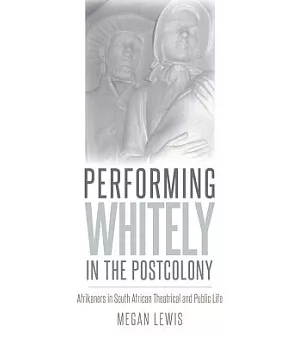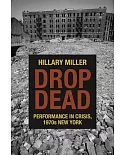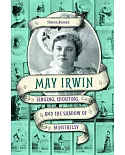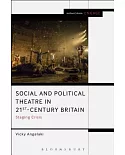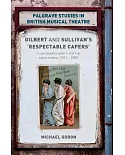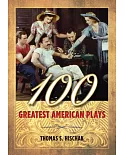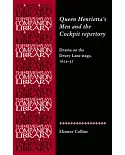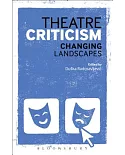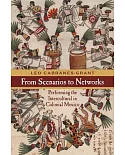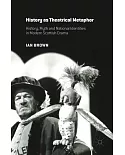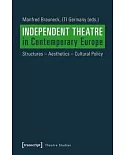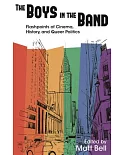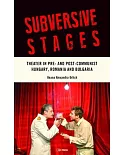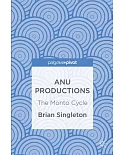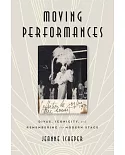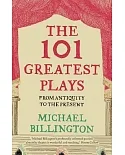What does it mean to perform whiteness in the postcolonial era? To answer this question—crucial for understanding the changing meanings of race in the twenty-first century—Megan Lewis
examines the ways that members of South Africa’s Afrikaner minority have performed themselves into, around, and out of power from the colonial period to the postcolony. The nation’s first
European settlers and in the twentieth century the architects of apartheid, since 1994 Afrikaners have been citizens of a multicultural, multilingual democracy. How have they enacted their
whiteness in the past, and how do they do so now when their privilege has been deflated?
?
Performing Whitely examines the multiple speech acts, political acts, and theatrical acts of the Afrikaner volk or nation in theatrical and public life, including pageants,
museum sites, film, and popular music as well as theatrical productions. Lewis explores the diverse ways in which Afrikaners perform whitely, and the tactics they use, including
nostalgia, melodrama, queering, abjection, and kitsch. She first investigates the way that apartheid’s architects leveraged whiteness in support of their nation-building efforts in the early
twentieth century. In addition to re-enacting national pilgrimages of colonial-era migrations and building massive monuments at home, Afrikaner nationalists took their show to the United
States, staging critical events of the Boer War at the 1904 St. Louis Exposition. A case study of the South African experience, Performing Whitely also offers parables for global
whitenesses in the postcolonial era.

